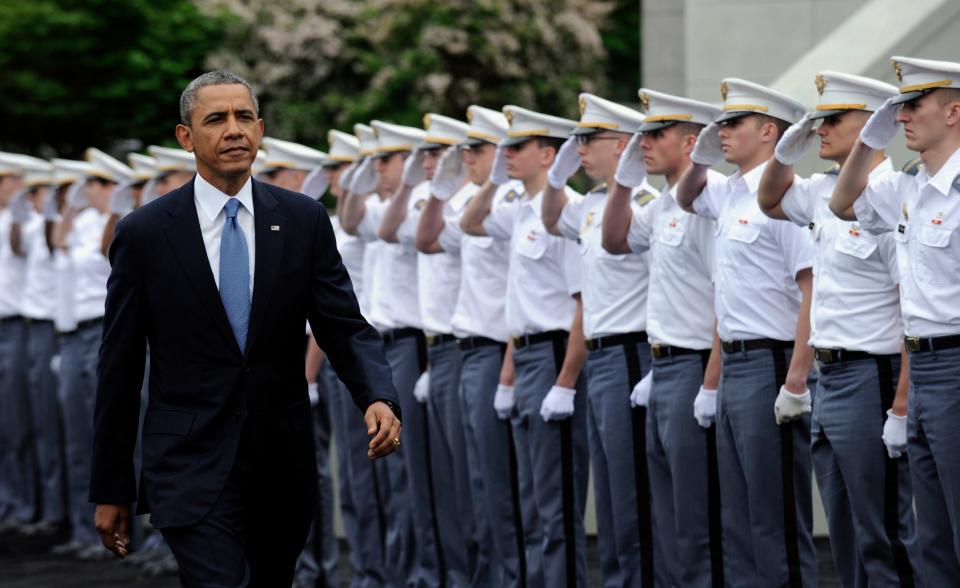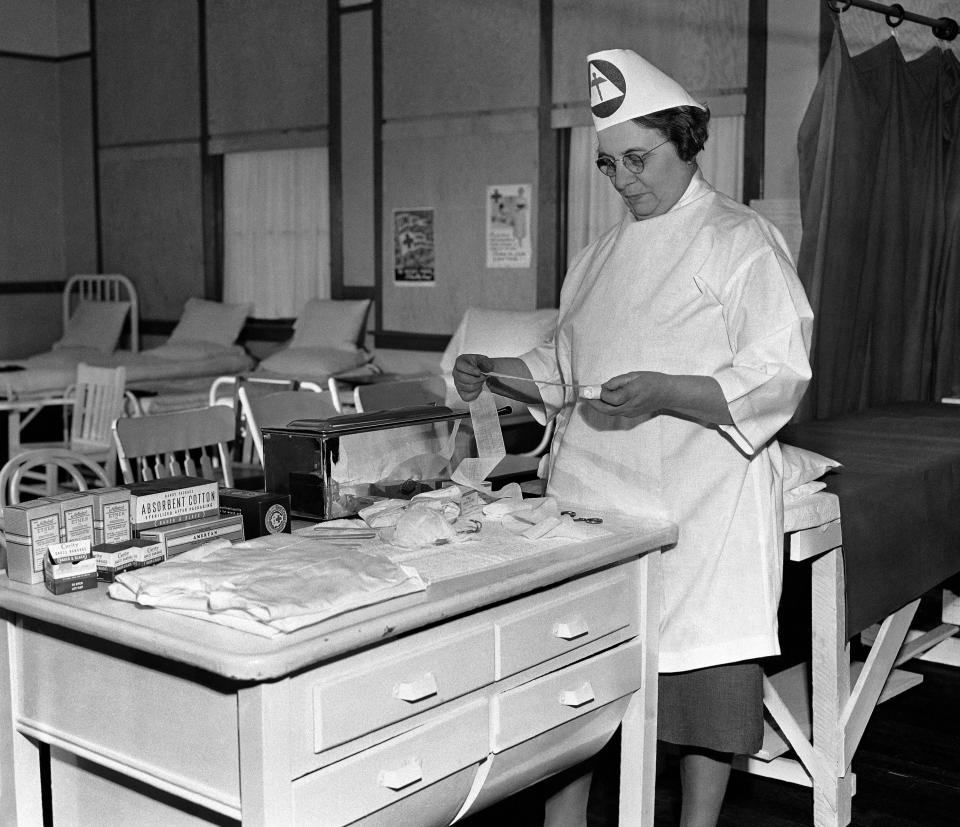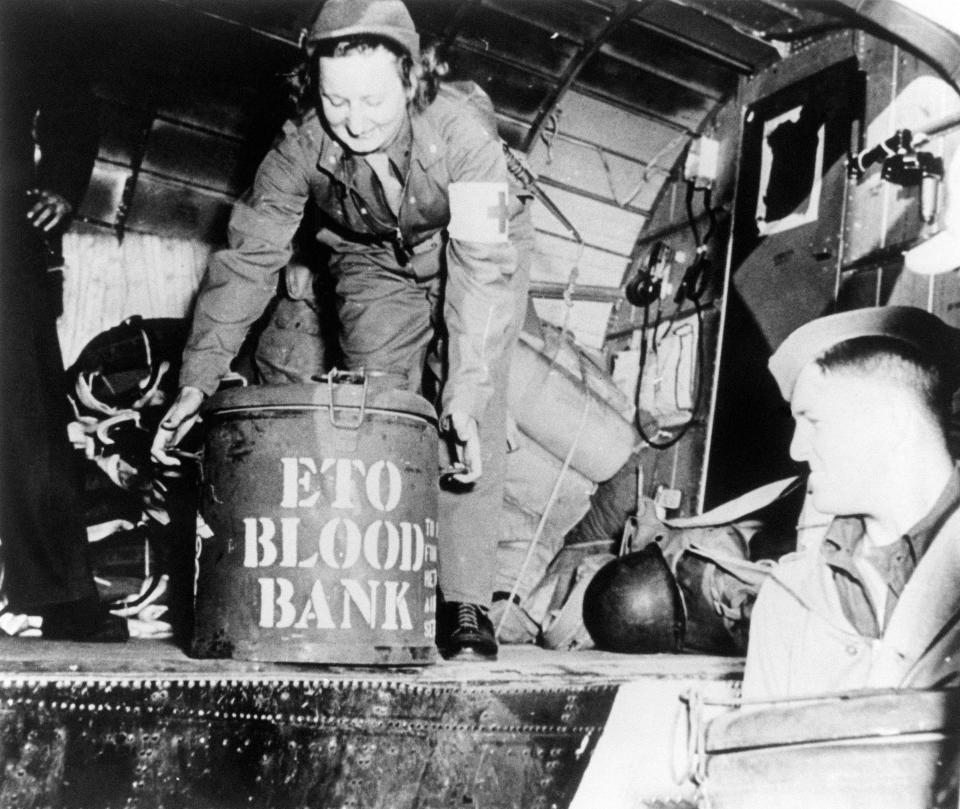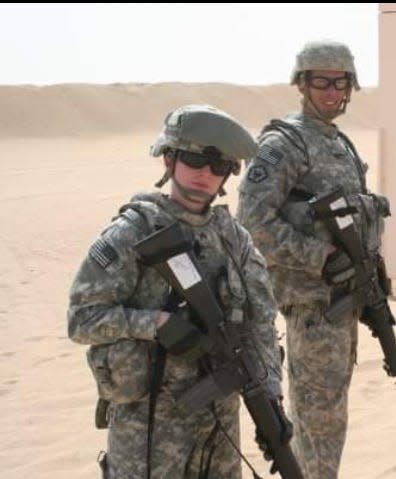Women have long served in the military, but many doors had been closed to them
In the decade since then-President Barack Obama announced the opening of more military positions to women, there has been much change for some — and little for others. Obama acknowledged the "courageous and patriotic service" of women for more than two centuries, and poetically added that "valor knows no gender."
More: From serving in secret to delivering a key address, women are more visible in the military

Here's a brief summary of women's military contributions:
From the beginning
During the Revolutionary War, women served as nurses, seamstresses and cooks for troops in camp, according to the Army. Some served in combat disguised as men. Women, the Army added, also shared soldiers' hardships, including inadequate housing and little compensation.
During the Civil War
The Army notes that women "stepped into many nontraditional roles for the time," during the Civil War. Many women "supported the war effort as nurses and aides, while others took a more upfront approach and secretly enlisted in the Army or served as spies and smugglers."
Founding a Nurse Corps
After the Spanish-American War in 1898, during an "epidemic of typhoid fever and a need for highly qualified Army nurses," women were officially recognized through a Nurse Corps, because, the Army said, "the U.S. military realized that it would be helpful to have a corps of trained nurses."

Fighting for the vote
The Army credits women's service during World War I with passing the 19th Amendment, which granted women the right to vote. It estimates more than 25,000 American women ages 21-69 served as nurses, administrators, secretaries, telephone operators and architects.
A corps just for women
In World War II, the Women’s Army Corps (WAC) was created.

According to the Army, "women stepped up to perform an array of critical Army jobs in order 'to free a man to fight.' " Women continued to serve as nurses, and also in "military intelligence, cryptography, parachute rigging, maintenance and supply."
Services Integration Act
In 1948, three years after the end of World War II and just before the Korean War, President Harry Truman signed the Women's Armed Services Integration Act. It gave women the right to serve as full, permanent members of all armed forces branches.
But then the law also limited the number of women to 2% and noted they couldn't get pregnant.
Korean and Vietnam Wars
By some counts, more than 120,000 women served during the Korean and Vietnam Wars.
After the Korean War, the Army chief of staff sought to lift the recruitment ceiling on the number of women, and many restrictions on promotions and assignments were removed. In addition, the feminist movement in the 1970s had a big influence on the Nurse Corps and WAC.
Responding to conflicts
The WAC was disbanded in 1978, and women were integrated into the regular Army. During the 1980s and '90s, the Army said its soldiers were tasked "to respond to regional conflicts, natural disasters and humanitarian crises around the globe." Women were deployed to the Middle East but later barred from certain combat roles.
Right to fight in combat

The Army notes that as its mission "changed on the battlefields of Iraq and Afghanistan, so did the roles of women in its ranks." The so-called global war on terrorism campaign required a "rapid expansion of jobs and change in roles for Army women."
Women were granted the right to choose any military occupational specialty, including ground combat. Women, however, were not required to register for the draft.
Contact Frank Witsil: 313-222-5022 or fwitsil@freepress.com.
This article originally appeared on Detroit Free Press: Women in the military: History of roles from nurse to female soldiers

